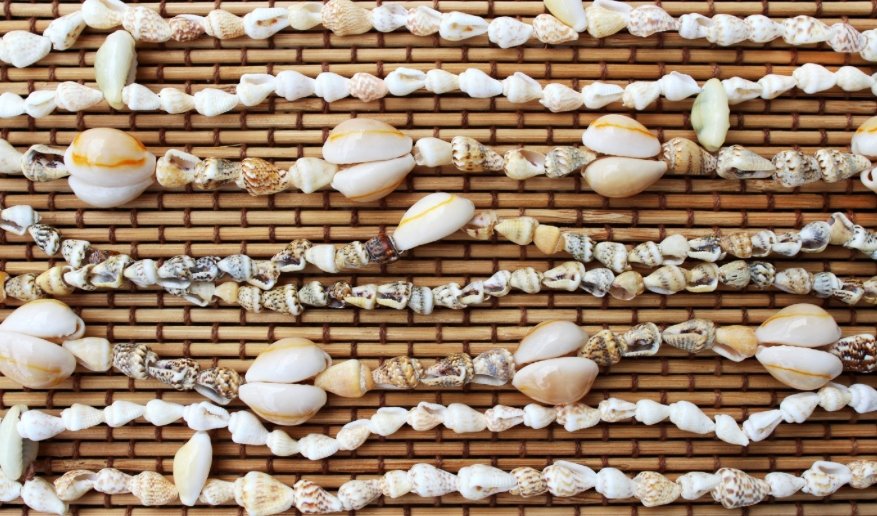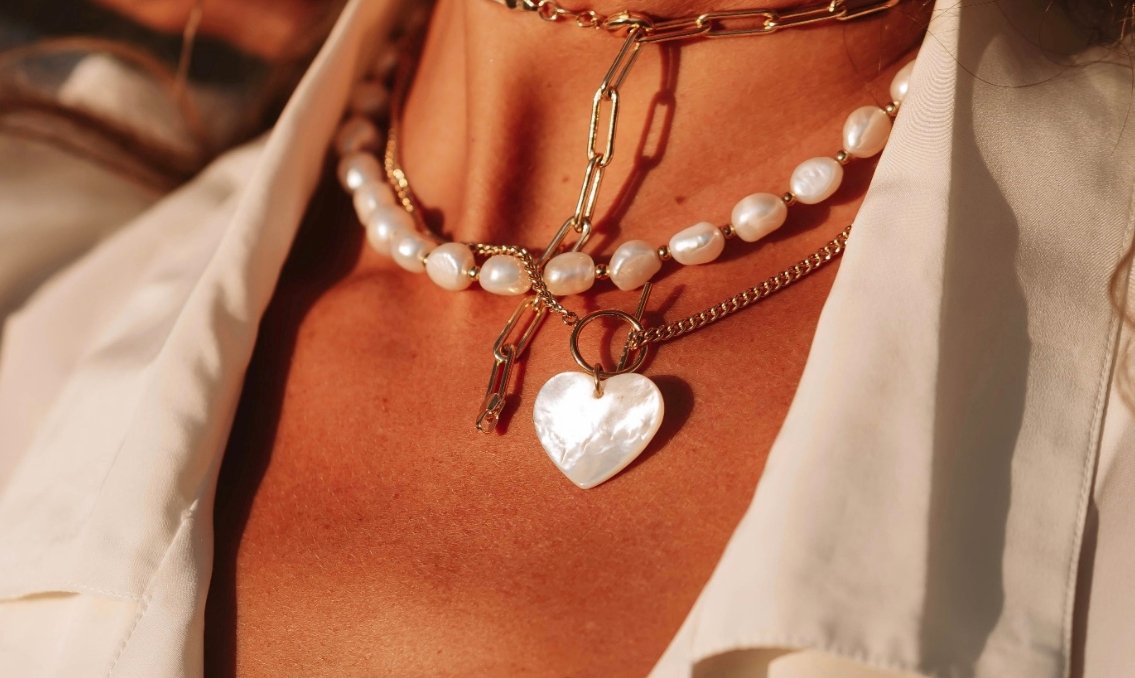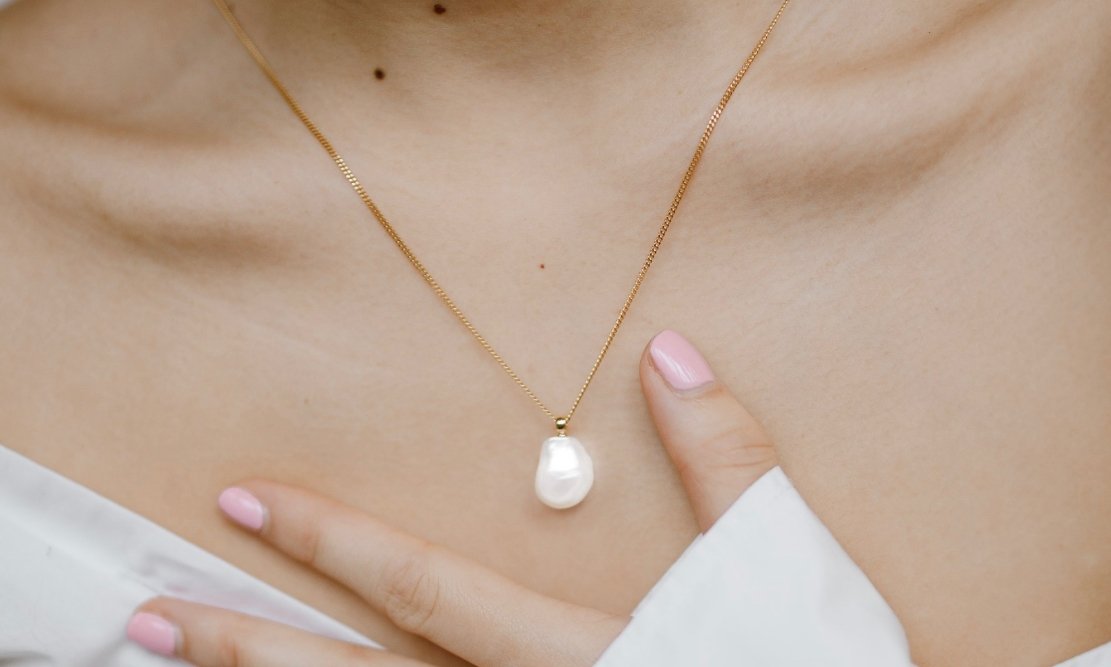Necklaces have been around for centuries, and their popularity has only grown in recent decades. They are now a staple in the fashion world, and can be seen on people of all ages, from all walks of life. But how did necklaces become so popular? What is their history? This article will explore the origins and evolution of necklaces, from prehistoric times to the present day.
THE EARLY HISTORY OF NECKLACES
Necklaces have a long history, stretching back to the Stone Age when pieces of jewelry were made from stone, bone, and shells. During this time, necklaces also served a practical purpose as they were used to ward off evil spirits. As civilization progressed, so did the materials used in the necklace making. Precious metals and gems were introduced, allowing for greater beauty and craftsmanship.
Furthermore, during the early stages of civilization, necklaces were often used as a way to denote social status. They were a sign of wealth and power and were worn by royalty to demonstrate their importance. While necklaces were not widely available to the general public during this time, they did become more accessible in later centuries.
PREHISTORIC NECKWEAR
In prehistoric times, necklaces were made from natural materials such as bone, stone, and shells. These primitive pieces served an important purpose in prehistoric society, as they were believed to ward off evil spirits. They also served a practical purpose, providing protection from the elements and helping people identify members of their tribe.
From these humble beginnings, necklaces evolved over time to become more ornate and intricately designed. During the Stone and Bronze Ages, necklaces were made from metals such as copper, bronze, and gold. The craftsmanship of these pieces was intricate, with the use of precious stones to add beauty and color.



